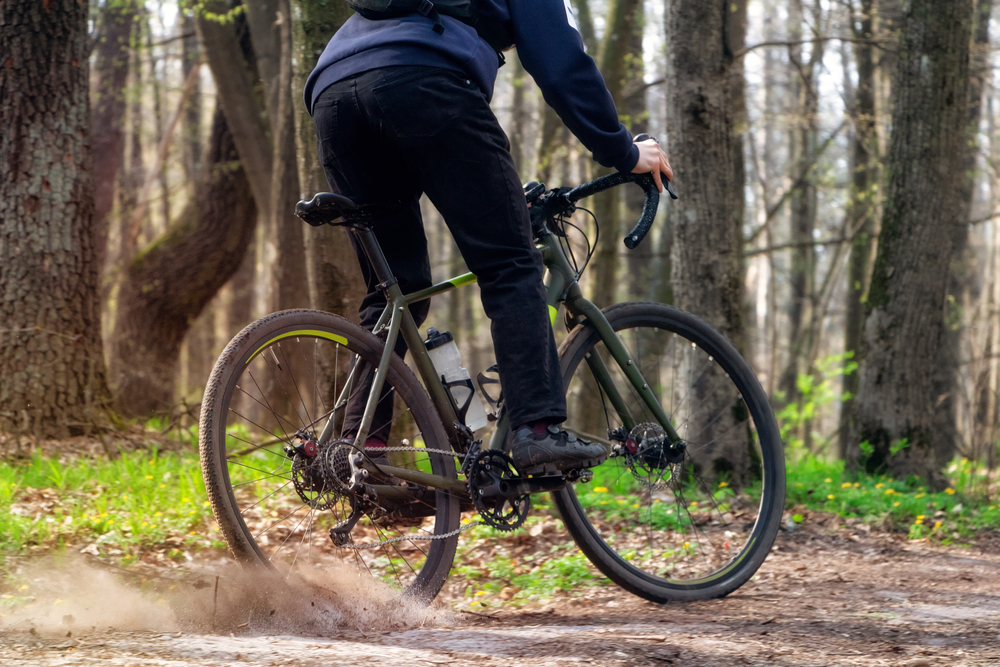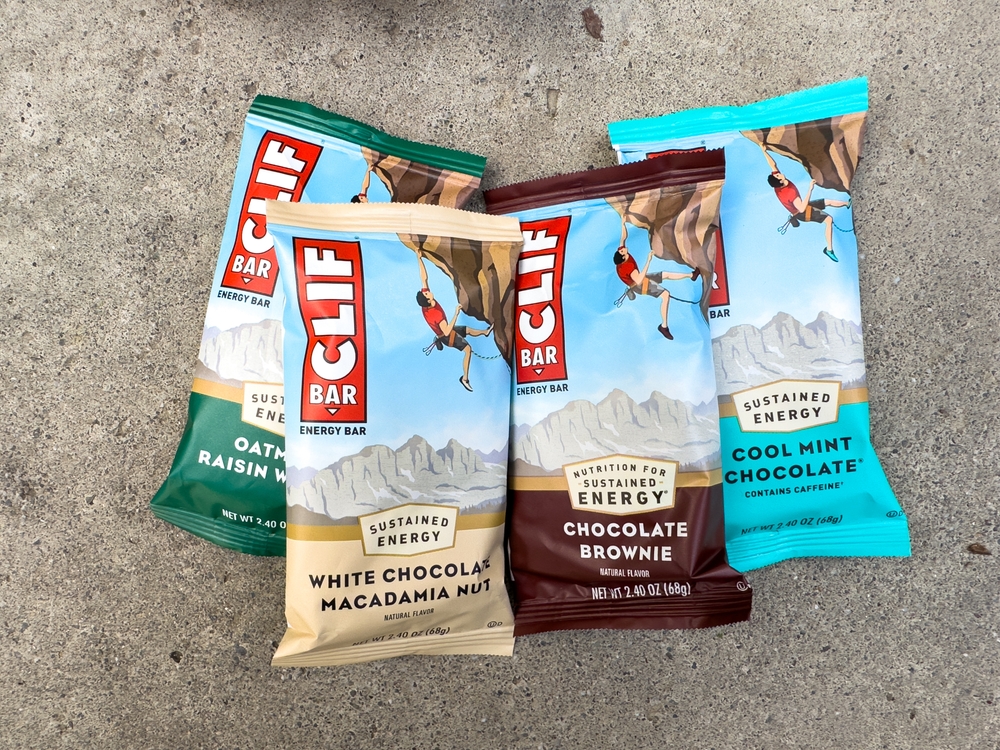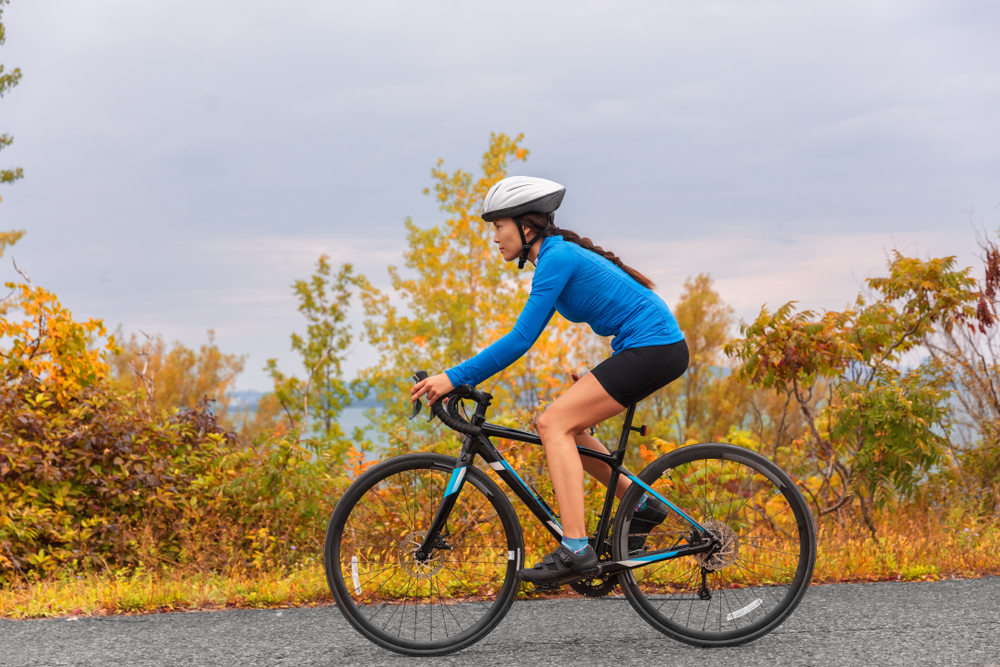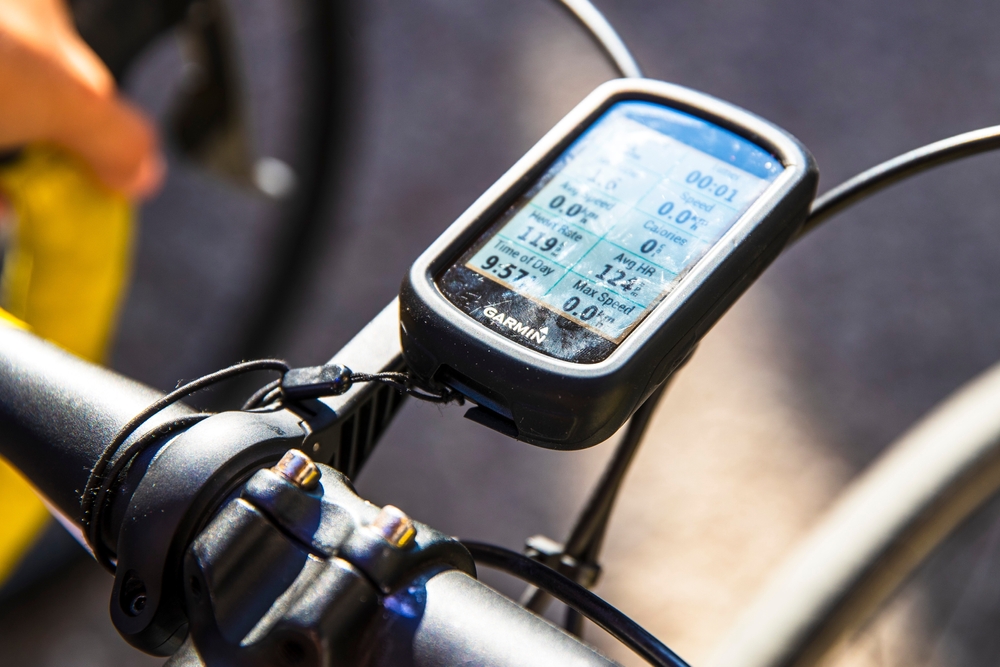Fastest Road Bike: Understanding Speed in Cycling
When selecting the fastest road bike, several factors come into play. The quest for speed involves much more than just a lightweight frame or aerodynamic wheels. Understanding these elements will help you make an educated choice for your cycling needs.
Weight of the Bike
One of the most critical aspects of a fast road bike is its weight. Heavier bikes require more effort to pedal, especially uphill. Modern road bikes are made from lightweight materials such as carbon fiber, titanium, or aluminum. Carbon fiber is particularly popular due to its strength and minimal weight.
Reducing bike weight enhances speed significantly. Even small reductions can translate into noticeable gains. Be mindful that while a lighter bike can be faster on inclines, it mustn’t compromise comfort or control.
Aerodynamics
Air resistance is a considerable barrier to speed. Aerodynamic frames cut through the air more efficiently, reducing drag. Components like aero handlebars, wheels, and even the shape of the bike frame itself can influence your aerodynamics.
Wheel design is also fundamental. Deep-section wheels are often used to minimize drag. They are designed to reduce the vortex shedding off the tire, enabling smoother airflow. However, be aware that these wheels can be more challenging to control in crosswinds.
Bike Fit
Personal bike fit greatly affects performance. A poorly fitting bike can lead to discomfort and inefficiency, hindering speed. Factors like saddle height, handlebar reach, and cleat position need to be adjusted according to your body dimensions.
Professional bike fitting can optimize your posture to enhance power transfer while maintaining comfort. This is particularly important for long-distance riding where even minor discomfort can impact overall performance.
Power Transfer
Efficient power transfer is vital for speed. This involves components such as the bottom bracket, crankset, and pedals. A stiffer frame and components ensure that more of your pedaling force goes directly into moving the bike forward rather than being lost in flex.
High-quality drivetrains provide smoother and quicker shifting, allowing you to maintain momentum. Frequent maintenance, such as keeping the chain lubed and the derailleurs adjusted, helps maintain this efficiency.
Tires
Tire choice considerably impacts speed. Narrower tires with higher PSI ratings reduce rolling resistance, allowing you to go faster. However, there’s a balance to maintain. Very narrow tires can decrease comfort and handling, especially on rougher roads.
Tubeless tires offer lower rolling resistance and can be run at lower pressures, increasing comfort without sacrificing speed. Always consider the road conditions where you’ll be riding when selecting tires.
Gearing
The gearing on your bike should match your riding conditions and personal strength. Road bikes generally come with either a compact, standard, or mid-compact crankset. Your choice will depend on the terrain—flatter roads may benefit from higher gears, while hilly areas require lower gears.
Electronic shifting systems are becoming more popular due to their precision and convenience. They allow for quick and reliable gear changes, which can be crucial during competitive scenarios.
Rider’s Position
The position of the rider on the bike can either enhance or hinder speed. A more aerodynamic position minimizes air resistance, which is particularly effective at higher speeds. However, it’s vital to ensure that this position doesn’t compromise breathing or comfort.
Using aero bars can help to maintain an aerodynamic position for longer periods. Training to adapt to these positions can improve overall efficiency without negatively impacting your endurance or comfort.
Materials and Build Quality
The materials used in the construction of the road bike affect its performance and durability. Carbon fiber is prized for its lightweight and strength, but high-quality aluminum and titanium also have their merits.
Build quality is equally essential. Precision in manufacturing ensures that all parts work harmoniously together. Bikes from reputable brands often undergo rigorous testing to ensure they meet high-performance standards.
Maintenance
Regular maintenance of your road bike is crucial for sustaining its speed capabilities. Ensuring that the bike is clean, the chain is well-lubricated, and the tires are appropriately inflated are simple but effective measures.
Periodic checks for wear and tear on components like the chain, cassette, and brake pads will prevent unexpected breakdowns and maintain peak performance. Professional servicing annually or biannually can also help keep your bike in top condition.
Technology and Innovation
Innovations in cycling technology continually push the boundaries of speed. Electronic shifting and disc brakes are two examples that have significantly improved performance and control. Power meters enable more accurate training, helping riders improve their power output and pacing.
Integration of GPS and performance monitoring tools allows for detailed analysis and enhancement of riding techniques. Keeping abreast of technological advancements can provide competitive edges and improved overall riding experience.
Environmental Conditions
Lastly, environmental conditions play a significant role. Wind, temperature, and road surface can all impact your speed. Learning to read these conditions and adjust your riding accordingly can improve your performance.
Practicing in various conditions helps enhance your adaptability, turning potential hindrances into manageable factors. Equipping your bike with suitable gear, like windbreakers for windy conditions or specific tires for different road surfaces, allows for optimal performance regardless of environmental challenges.
Choosing the Right Fast Road Bike
Choosing the fastest road bike for you involves a delicate balance of many factors. Your personal riding style, the usual terrain, and even your cycling goals influence the best choice. Knowledge of these elements aids in making a purchase that meets your speed requirements without compromising other critical aspects of riding.
“`






